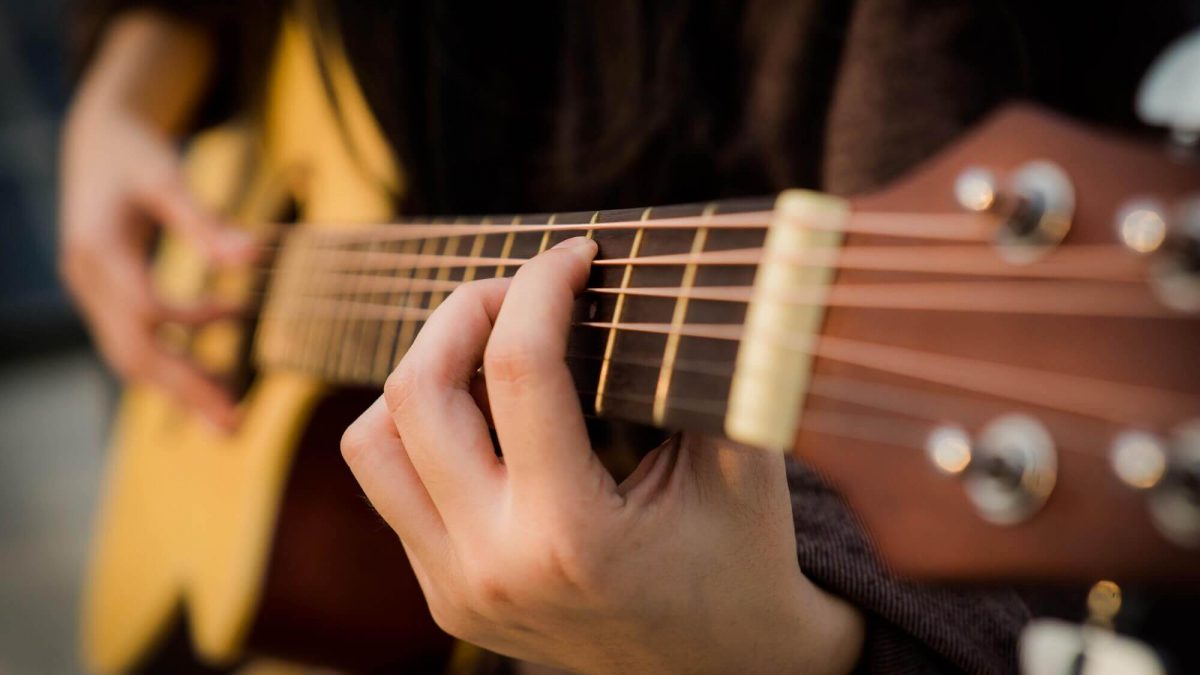Play an Instrument
{A Written Practice}
Play an Instrument
What child doesn’t want to play an instrument of some kind? Not all of us have the opportunity, but the urge to make music–be it stomping in rhythm, clapping our hands, drumming on any available surface–this urge to recruit rhythm and sound and movement, to organize it in the service of emotion, it seems super deep. Innate. In The Old Way, Elizabeth Marshall Thomas, writing about the San of the Kalahari, makes an elegant argument that the origin of the bow (as in bow and arrow) was instrumental. She suggests that the first bow was created to make music, and that it was merely an accident or an inspiration that turned it into something to propel arrows. There are so many ways to make the air vibrate: for that is what an instrument does, really. You can vibrate air with a string and then amplify it with a box, as in a guitar or a violin. You can vibrate air with a reed, and then blow it through an amplification tube, as in a clarinet or saxophone. You can vibrate it with a taut hide stretched around a bowl, as in a drum. A piano translates the movement of keys to a hammer on a string through a chamber. These are all refinements and variations around this simplest figure: a string vibrating the air. When we play an instrument, we learn a new language of the fingers, and perhaps of the voice, if it be blown: a didgeridoo, a tuba. We learn rhythm, we learn to keep time. We learn steadiness. We learn how to express what is inside of us through a marriage with a tool. And there’s something about playing an instrument, about practicing, learning the craft, that turns it into a metativity. A meditation, a metaphor, and an activity. Life as the making of music. It is no accident that in medieval times they spoke of the music of the spheres. Of the cosmic symphony. For in music, also, we find a metaphor for inter-being: the way that multiple notes and multiple strands can weave together to create something greater than the sum of their parts. Stand in a forest and listen to the music of bird language, wind language, insect language. Stand by a river and listen to the music of the water. It is music really. To be able to think in music: or to allow music to flow through us, that’s something beautiful and interesting. A dear friend of mine had a Japanese boyfriend once who spoke his feelings for her through his flute. It was the language in which he could voice emotion most precisely. He carried it everywhere. She, a musician herself. It worked.
Recently, on a trip to the mountains, my daughter sat down at the grand piano in the house where we were staying (it belonged to a piano teacher) and began to play breath-takingly. My wife and I were downstairs, and we looked at eachother like, Who is making that music? Coming up the stairs we encountered our daughter, on the cusp of turning eleven, seated, simply playing. For two weeks she did this. Did someone show you how to play? we asked her. Did you learn this at school? She simply shrugged, and played us concerts. Who can explain this or how happy it made us all? Her biological grandfather, on her mother’s side, is a brilliant musician. But how? Who knows. For the whole trip, when she was bored, or irritated, she seated herself at the piano–a gorgeous black lacquered instrument–and began to speak through the keys.
So seek out the instrument that calls you–and don’t constrain yourself to the ones you’ve heard about. Go to a music store, or do some research. Where in the world are you most drawn to? What are the instruments that were part of your own ancestry? What are the ancestral instruments played there?
Photography: Stein Egil Liland | Licensed from Pexels.com, used with permission.


